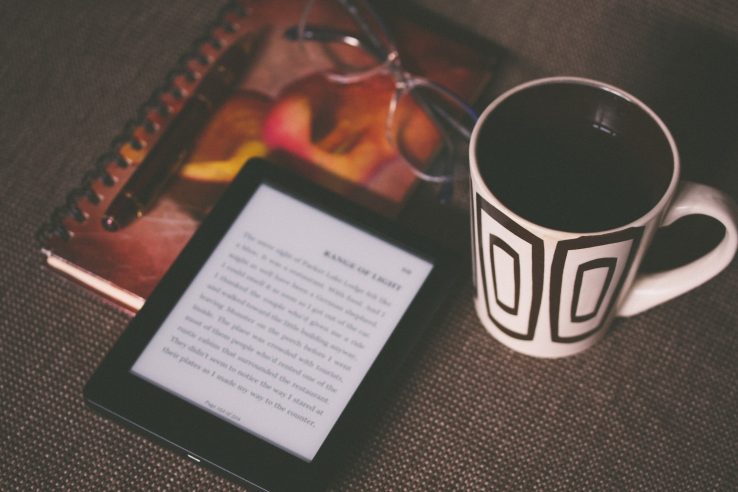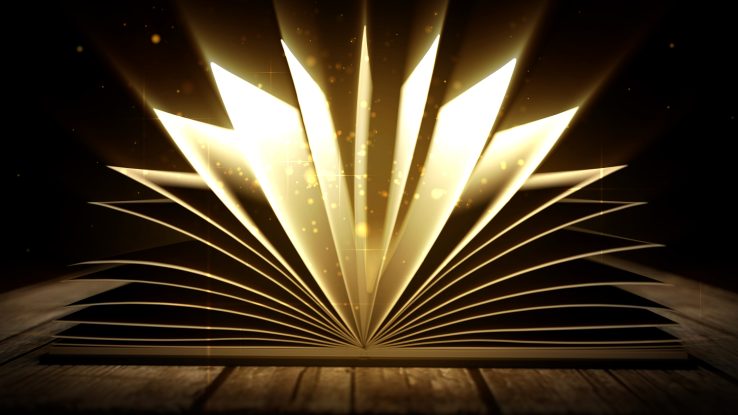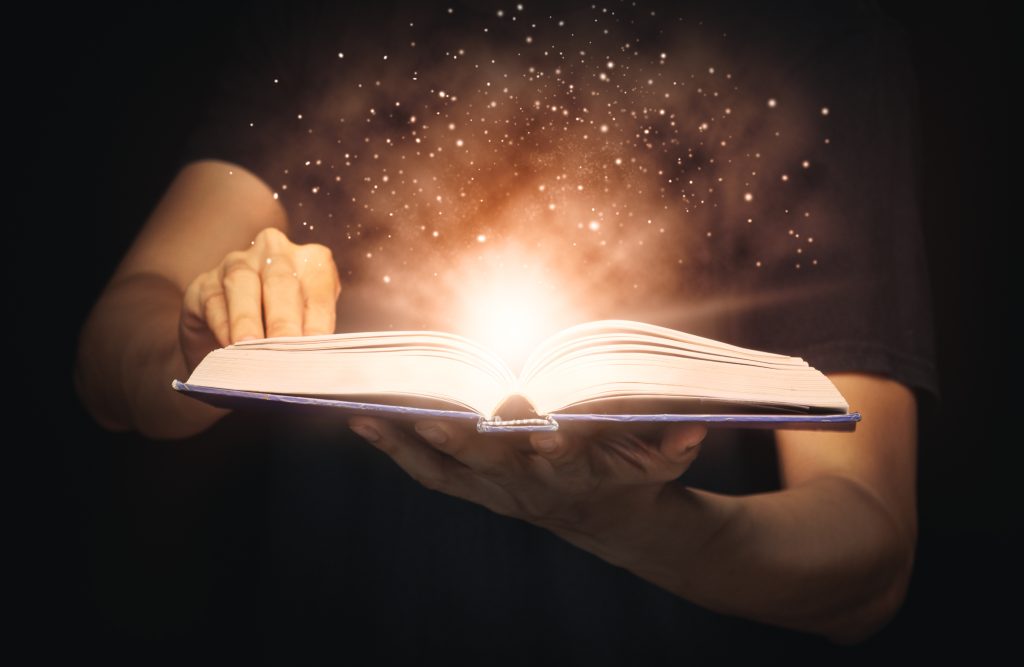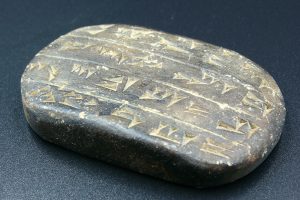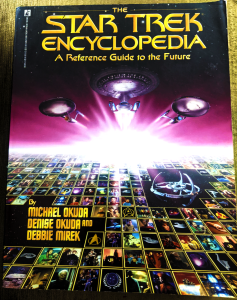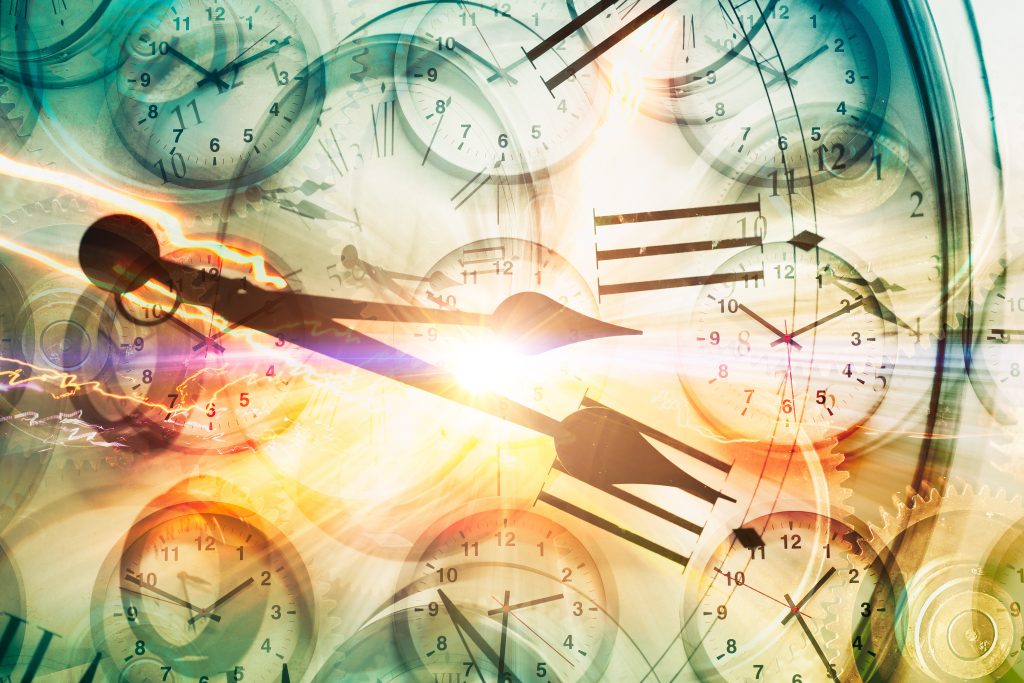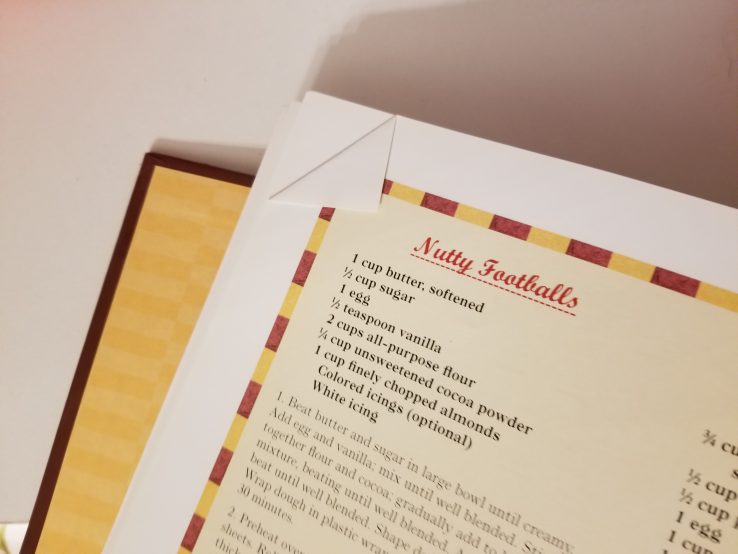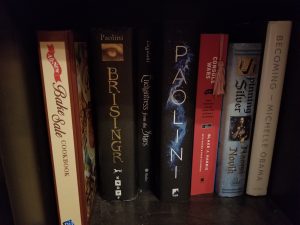With the influence of the digital world growing every day, forms of media that used to exist only in the physical world have transitioned to becoming digital, and books are no exception. Experiencing stories in a digital space is no longer an idea that only exists in science fiction. However, how will books be presented through this new medium?
Written forms of communication have always formed around the materials that were used to distribute information. For example, written Chinese language was influenced by how
the strips [of the jiance] were so thin [that] scribes developed vertical ideograms that could be more easily written on them. (Borsuk, 2018, p. 27)
With that in mind, the future of the book lies in what materials we will be using to convey information. I predict that virtual reality will be a new frontier for books. For example, storybooks could be read in a virtual environment that reflects the setting of the story. This form of storytelling would be especially engaging for children’s stories.
At the very least, I can see all physically published books being published digitally as well. We are already very close to this end, as various teams such as Project Gutenburg work to digitize previously printed works. With this, however, I also expect new levels of protection to form around digital books. One issue with physical books is that
…their power to spread ideas makes them vulnerable to censorship, defacement, and destruction, particularly motivated by ideological and political difference. (Borsuk, 2018, p. 179)
With the rise of NFT’S, I could see similar methods being used to protect the content of digital books so that someone couldn’t hack the book and censor its content. By using blockchain methods, NFT’s provide authenticity certificates for digital media, and I can see the this being extended to digital books. This would provide a reliable archive of information that would be much more difficult to destroy or alter than a physical one.
While books may continue to exist as physical objects, there is no doubt that they will flourish in digital spaces. They are a cornerstone for knowledge and entertainment, and their presence will surely be seen in every medium possible.
